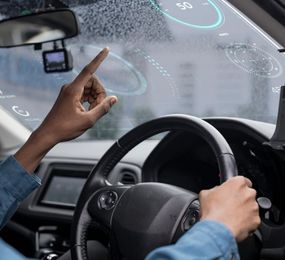Secure Boot, Secure Diagnostics, and Encryption: What OEMs Must Implement
In the increasingly connected and software-defined automotive landscape, ensuring the security of vehicles is paramount. Original Equipment Manufacturers (OEMs) face a critical responsibility to implement robust cybersecurity measures at every layer of the vehicle's architecture. Among the most fundamental safeguards are Secure Boot, Secure Diagnostics, and comprehensive Encryption, which together form a formidable defense against unauthorized access and manipulation.
Secure Boot is a foundational security mechanism that ensures the integrity of the software loaded during a vehicle's startup process. By verifying the cryptographic signatures of each piece of software (from firmware to operating systems), Secure Boot prevents malicious or unauthorized code from executing. This acts as the first line of defense, guaranteeing that only trusted software runs on the vehicle's electronic control units (ECUs), thereby protecting against tampering and malware injection from the moment the vehicle powers on.
Secure Diagnostics addresses the vulnerability inherent in vehicle maintenance and troubleshooting. Modern vehicles rely heavily on diagnostic ports for repairs, software updates, and data retrieval. Without proper security, these ports could become entry points for attackers. Secure Diagnostics protocols ensure that only authorized personnel and authenticated tools can access sensitive vehicle systems and data. This involves strong authentication, cryptographic challenges, and granular access controls, preventing unauthorized modifications or data exfiltration during service operations.
Finally, Encryption is crucial for protecting data both in transit and at rest within and outside the vehicle. From sensitive personal information gathered by infotainment systems to critical vehicle operational data, encryption scrambles information, making it unreadable to unauthorized parties. This extends to secure communication channels (e.g., between ECUs, vehicle-to-cloud, and vehicle-to-infrastructure), ensuring confidentiality and integrity. Implementing robust encryption standards helps OEMs comply with data privacy regulations and safeguard against eavesdropping and data breaches.
By rigorously implementing Secure Boot, Secure Diagnostics, and comprehensive Encryption, OEMs establish a strong security posture, building consumer trust and fortifying vehicles against the ever-evolving threat landscape.
Visit our website to know more: https://www.leadventgrp.com/events/automotive-cyber-security-forum-1/details
For more information and group participation, contact us: [email protected]
Leadvent Group - Industry Leading Events for Business Leaders!
















